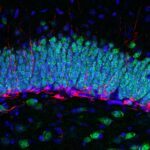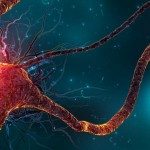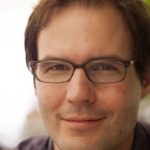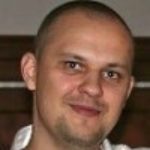About
Much of neural circuitry is buried deep in scattering tissue, beyond the reach of single-photon approaches. Thus, multiphoton imaging (usually two-photon or three-photon) is the leading way to image neural activity with micron resolution deep in the brain. Early multiphoton imaging systems were simply ultrafast lasers hooked up to standard microscopes. However, micron resolution of standard microscopes are limited to small fields of view. In the living brain, moment-to-moment neuronal dynamics occur at the subsecond time scale, and across millimeter length scales. Moreover, these imaging systems need to be compatible not with slides and petri dishes, but with living and behaving animals. We are developing novel multiphoton imaging technology to enable new neuroscience experiments. I will discuss our accomplishments to date, our latest unpublished work, and our plans for the future of multiphoton imaging in neuroscience.
Biography: Spencer LaVere Smith earned is his undergraduate degree in physics and mathematics (U Iowa), and his Ph.D in neuroscience and neuroengineering (UCLA). He did postdoctoral studies at UCLA and University College London. His lab (slslab.org) at the University of California Santa Barbara uses imaging, electrophysiology, and quantitative behavior to reverse engineer the neuronal activity dynamics that encode stimuli and guide behavior. The neuroengineering portion of his lab develops novel instrumentation, including multiphoton imaging systems, to measure and manipulate neuronal activity across multiple brain areas simultaneously with subcellular resolution. The neurobiology portion of his lab uses these tools to gain insights into neural circuitry. His work has been recognized by awards including a Human Frontier Science Program Career Development Award (2012), a Klingenstein Award (2013), a McKnight Technological Innovation Award (2015), and the Hettleman Prize (2017).
Location
Building: Fernbach (68)
Address: 25 Rue du Dr Roux, Paris, France





